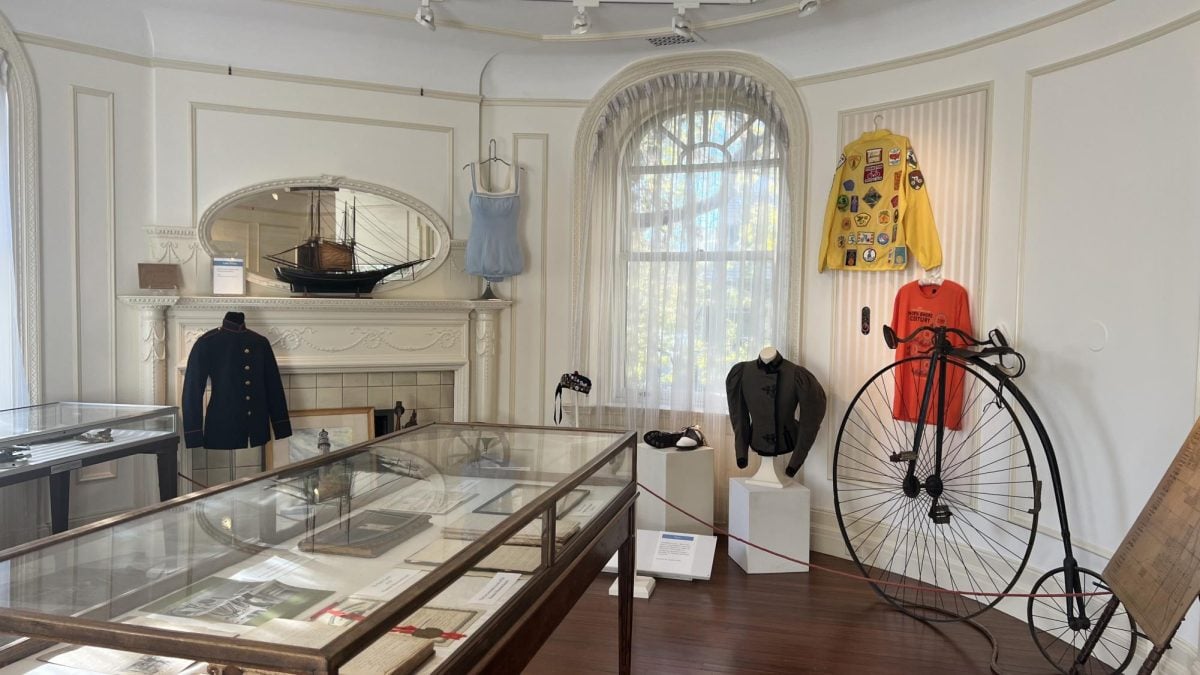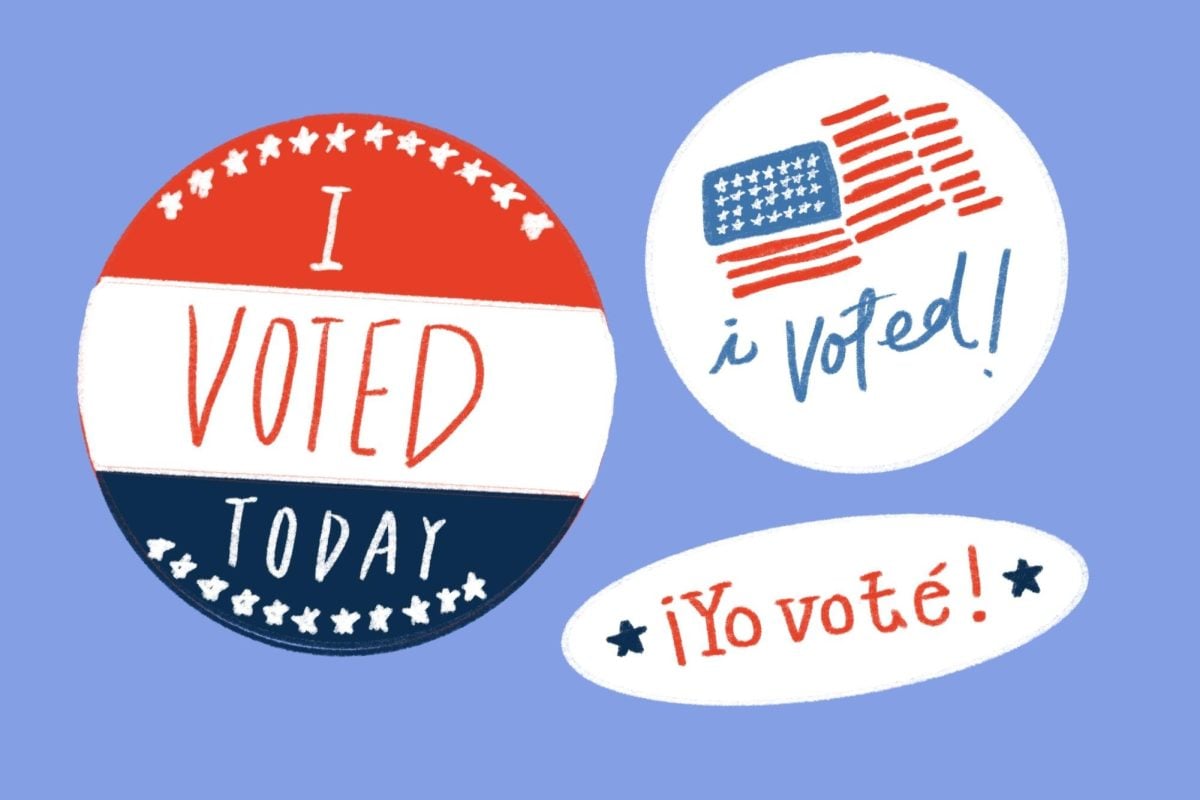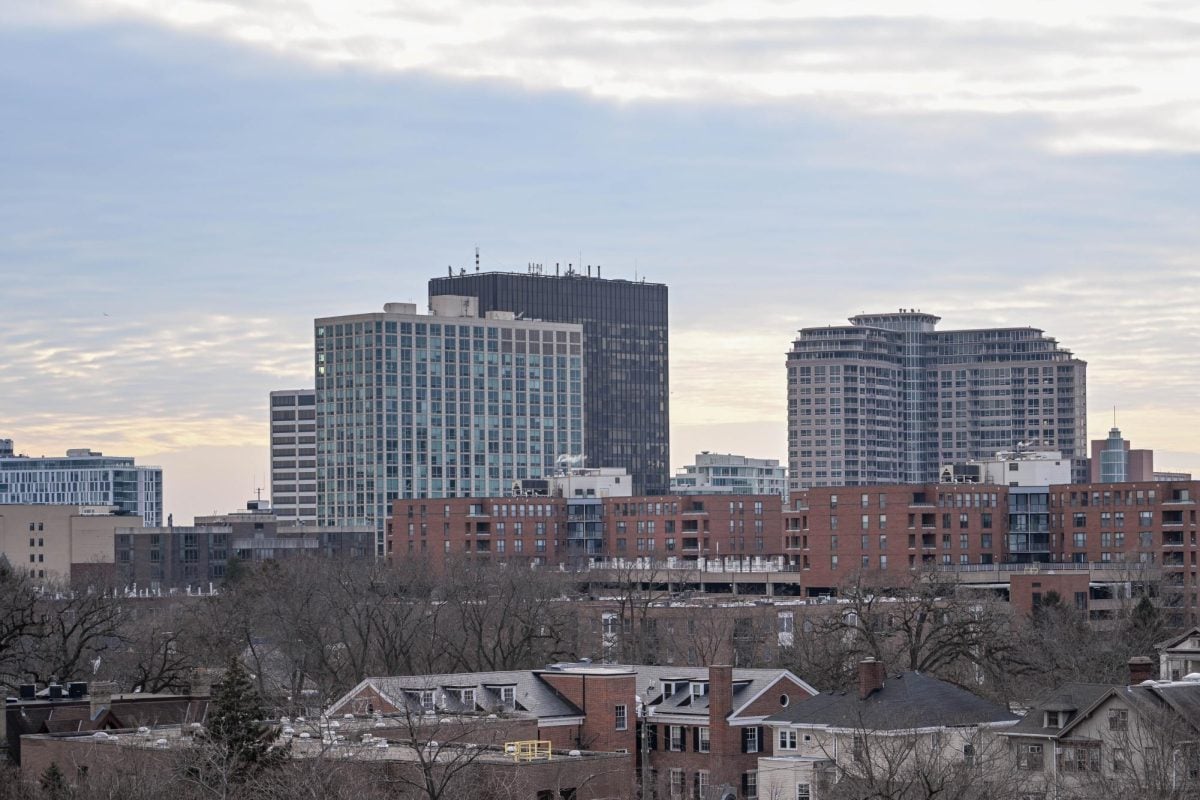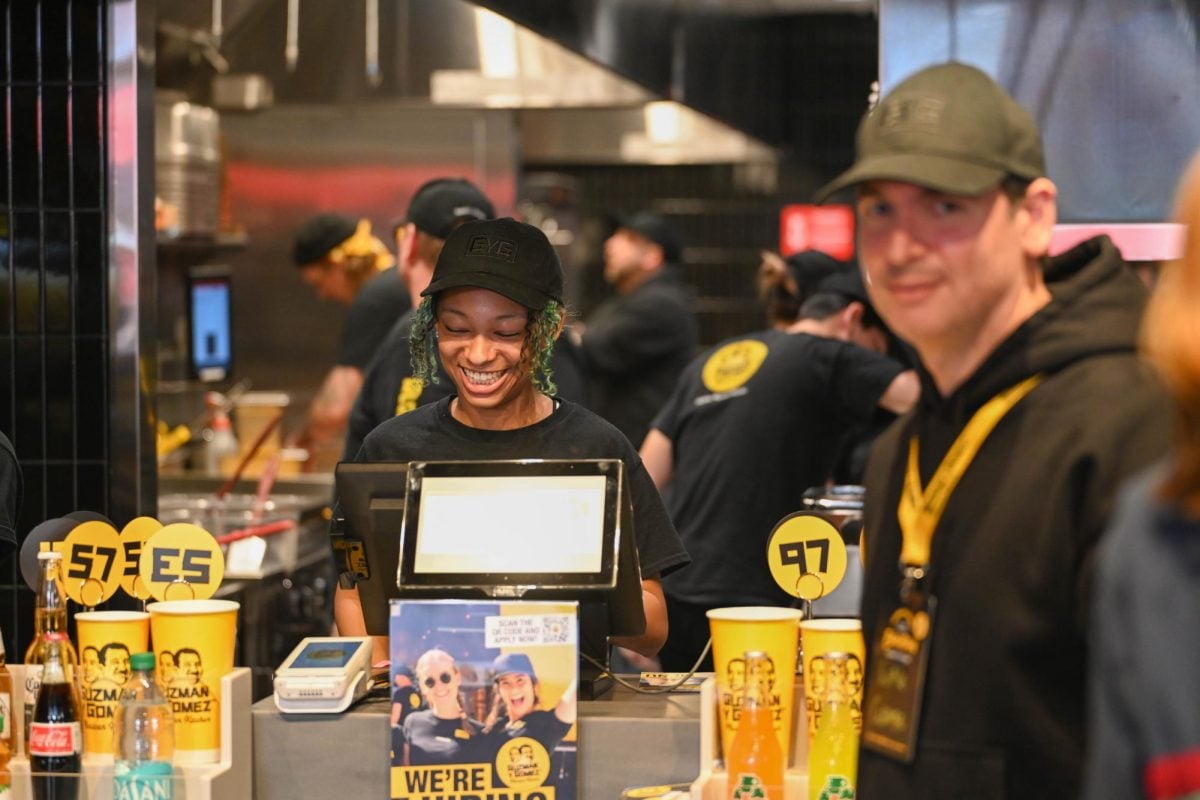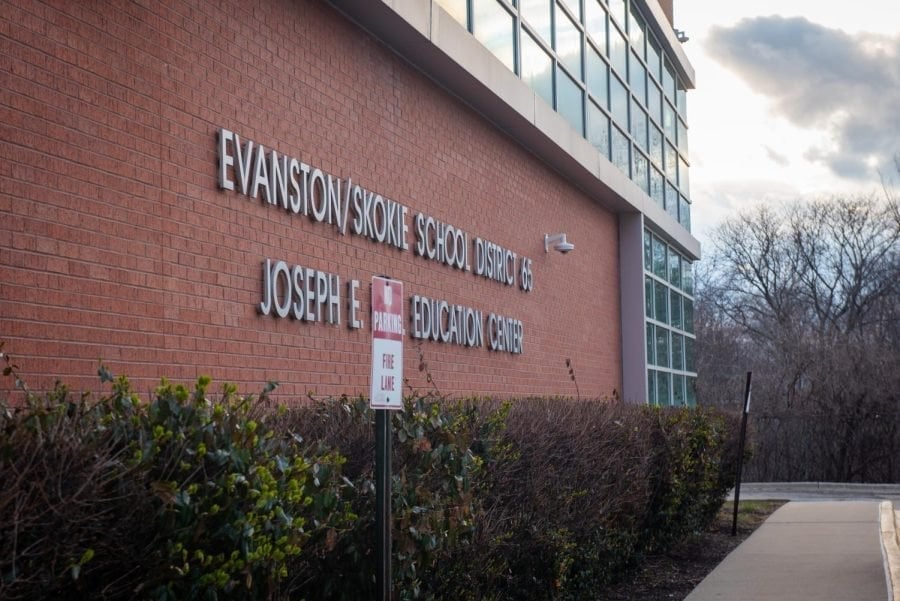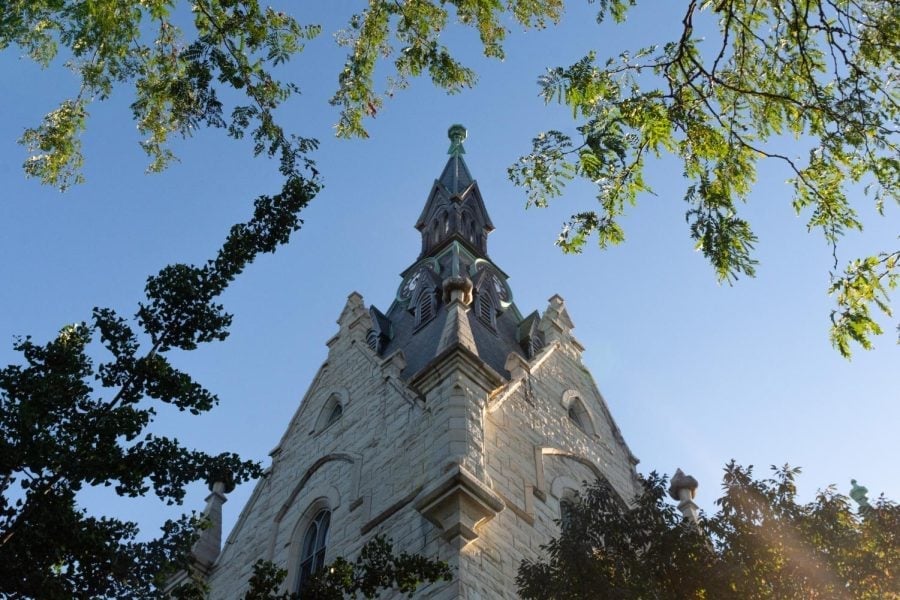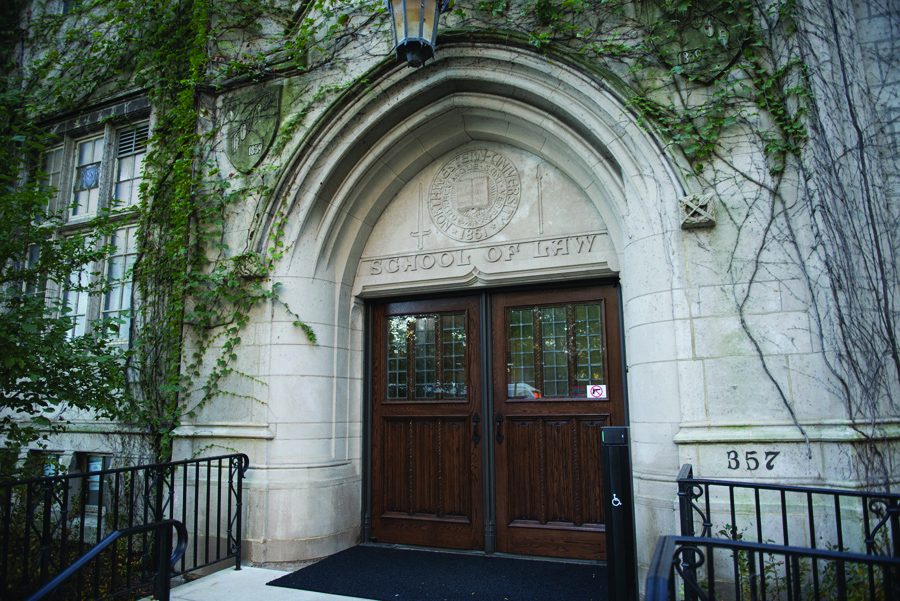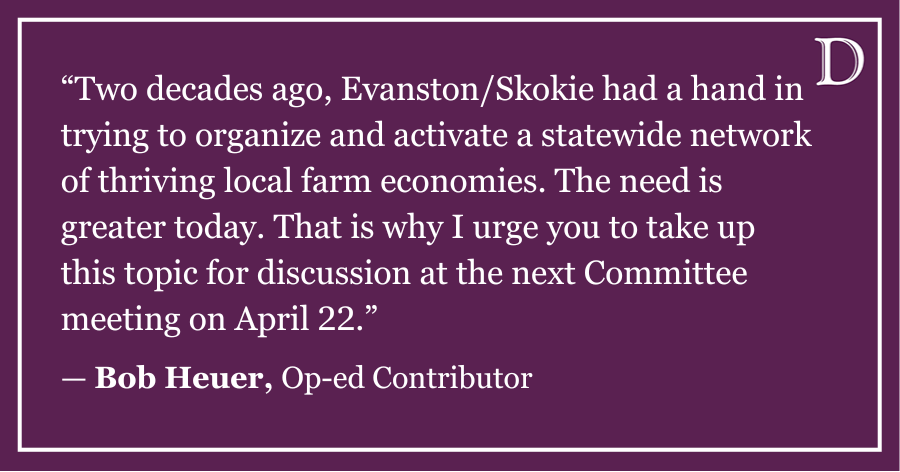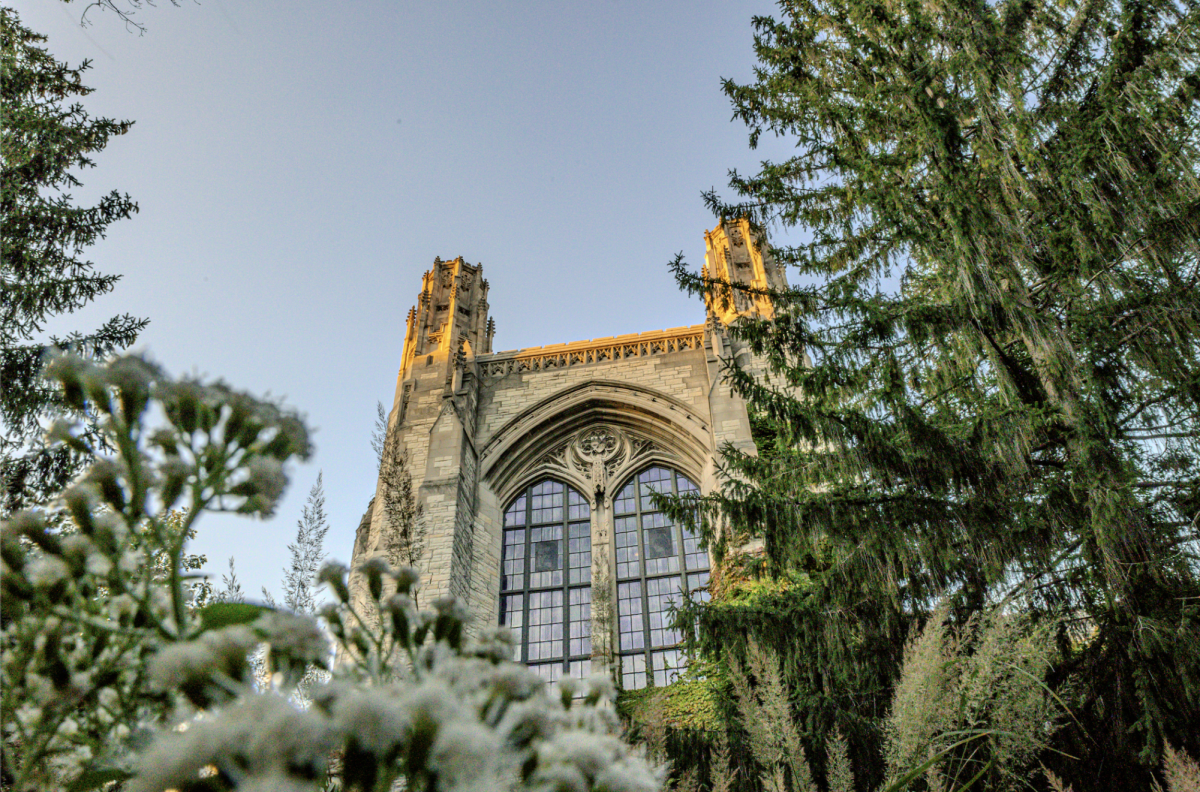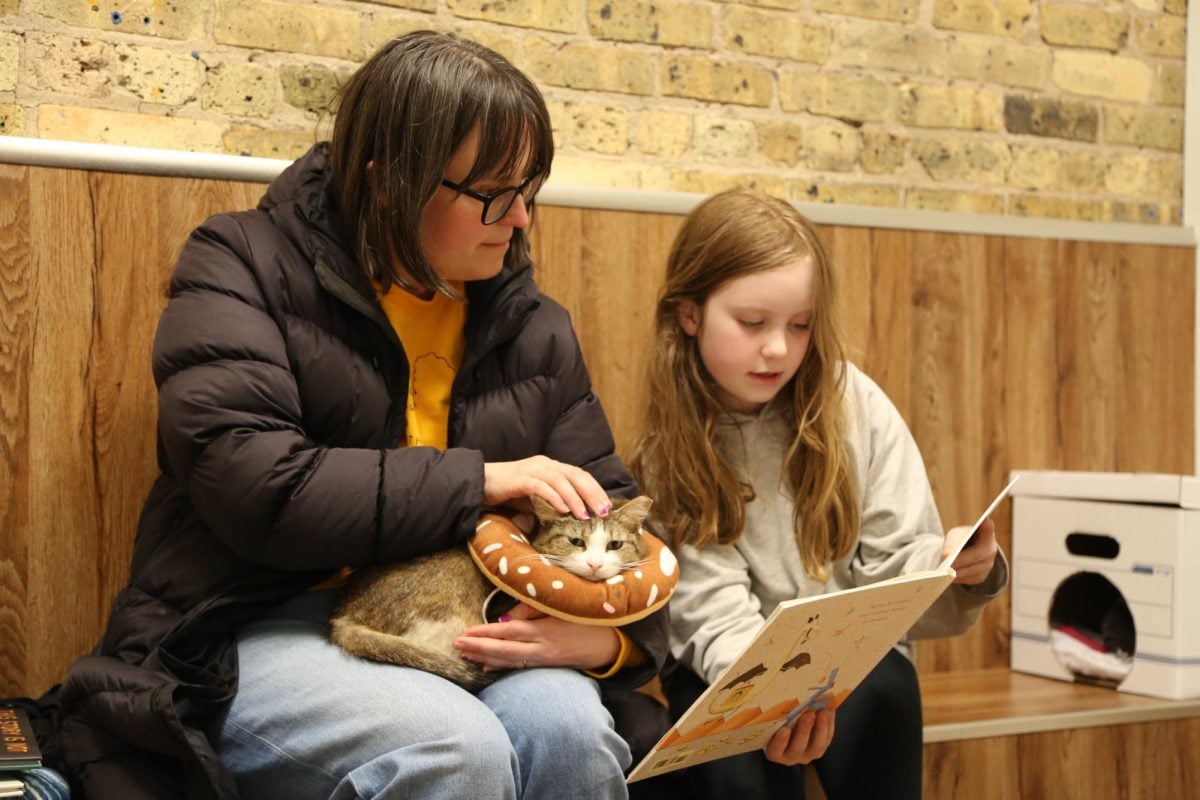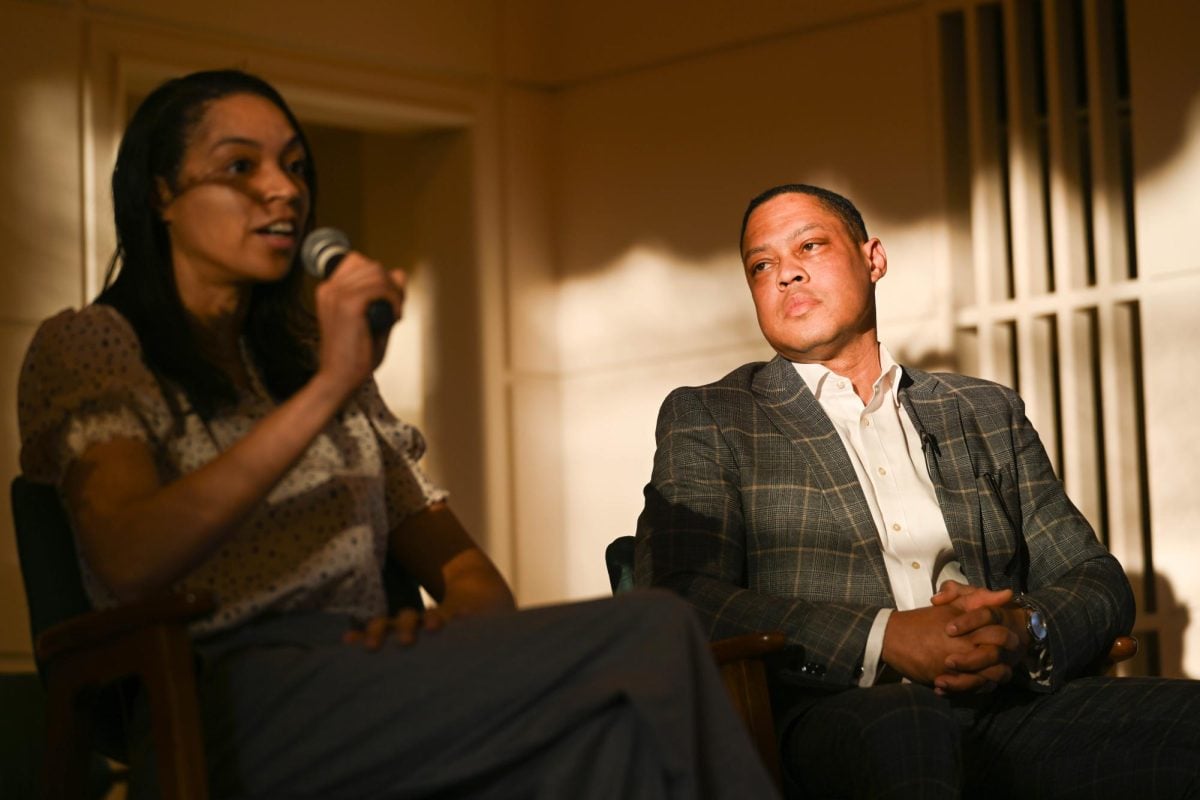The Evanston History Center celebrated 125 years of researching, preserving and sharing the city’s history with the unveiling of a new exhibit at its open house on Sunday.
The event welcomed around 100 attendees over the course of two hours to the Charles Gates Dawes House — a national historic landmark — and debuted “Changing Times: 125 Years of Collection and Sharing Evanston History.” The new exhibit displays clothing and artifacts spanning Evanston’s 160-year history.
Formerly the Evanston Historical Society until 1898, the EHC is a nonprofit organization that hosts events, tours and lectures in the Dawes House throughout the year. The tours aim to “provide fun and fascinating insights into the history of Evanston, its architecture and its cultural landscape,” according to the Center’s website.
Newly hired Executive Director Deborah Kasindorf, who has a background in museum and nonprofit work, expressed appreciation for the responsibility of caring for historic artifacts.
“There is a responsibility for the Evanston History Center to take care of (the Dawes House) and keep it original, but also to tell new stories here from both our history and the artifacts,” Kasindorf said.
Built in the Chateauesque style of the late 19th century, the Dawes House was the residence of Charles Gates Dawes — vice president under Calvin Coolidge, Nobel Peace Prize recipient, businessman, musician and composer.
The jack-of-all-trades entrusted his home to Northwestern in 1944 and specified that it become a museum in his will. The Dawes House has been the EHC’s home since 1960.
The Center recently established the Placemaking Project, highlighting Evanston’s Asian American and Pacific Islander history and community through the sharing of artifacts, biographies and accounts of immigration. Many stories like these get their start in the EHC’s Research Room, directly under the Dawes House’s Great Hall.
During Sunday’s open house, attendees could peek into the Research Room by descending a set of narrow cellar stairs. File cabinets line its walls and historic pamphlets and books cover its tables.
For $10 per visit, the Research Room welcomes in-person research several times a week.
“I’m interested in history, so right now, I’m researching some of the paintings — the family portraits and who those people were,” said Kathy Alonso, a four-year EHC docent.
The EHC staff wants to fully take advantage of Evanston’s rich history to tell broader American stories, Kasindorf said.
EHC hopes to expand their programming to the greater Evanston community in the future. Dr. Jenny Thompson, the EHC’s director of education, stressed the importance of outreach.
Thompson said the EHC began offering free admission to Evanston/Skokie School District 65 and Evanston Township High School educators in October, and added the Center makes a consistent effort to work with local schools.
Newer initiatives have brought history right to residents’ backyards, she said.
“When you come into a three-dimensional space that’s designated as a historical site, you’re interacting with a way of life, and ideas and politics and culture,” Thompson said. “That’s different from reading a book.”
Email: medinamiranda2027@u.northwestern.edu
Twitter: @DinaMiranda_
Related Stories:
— Evanston History Center preserves archives, accolades of the city’s past
— Local historians present on African American Heritage Sites
